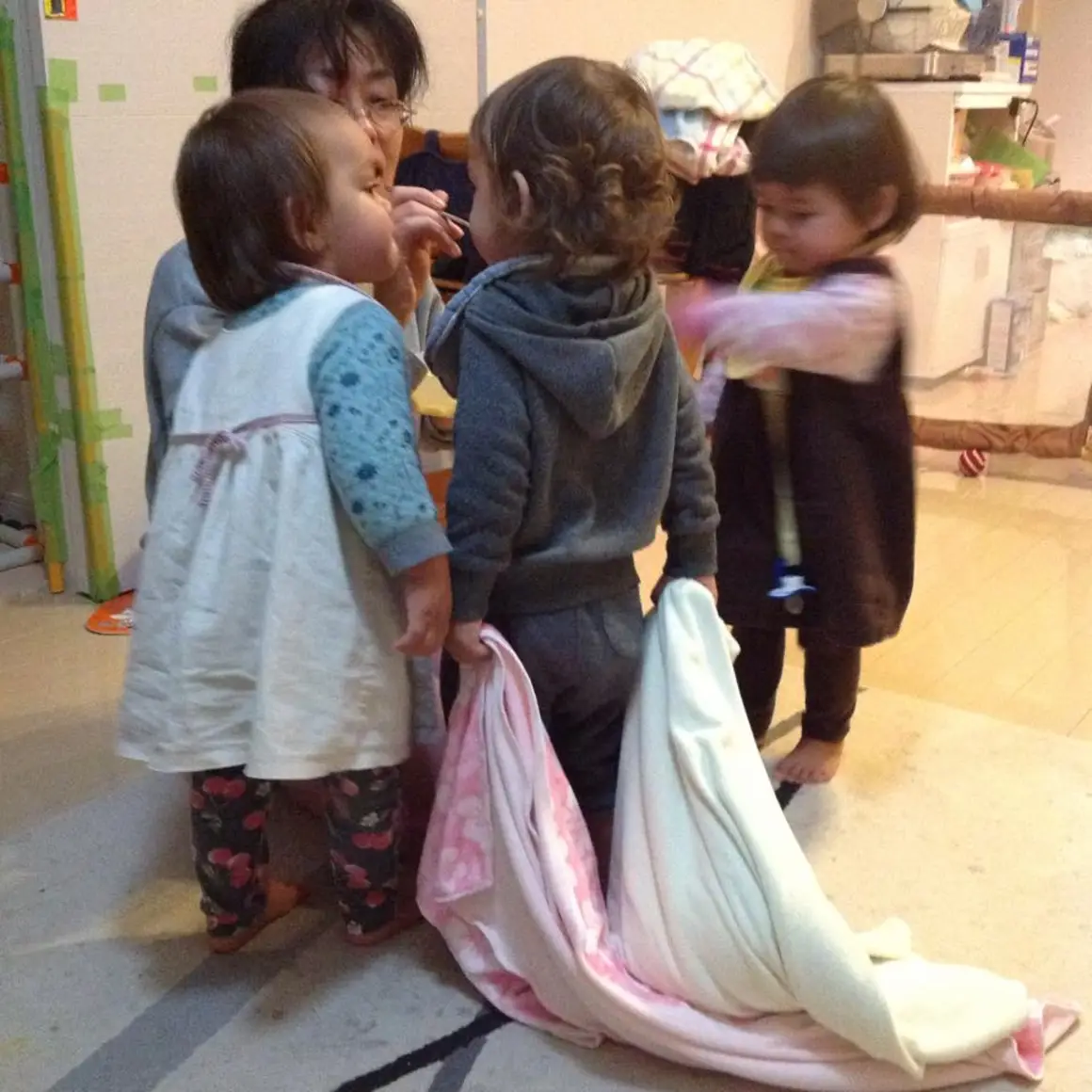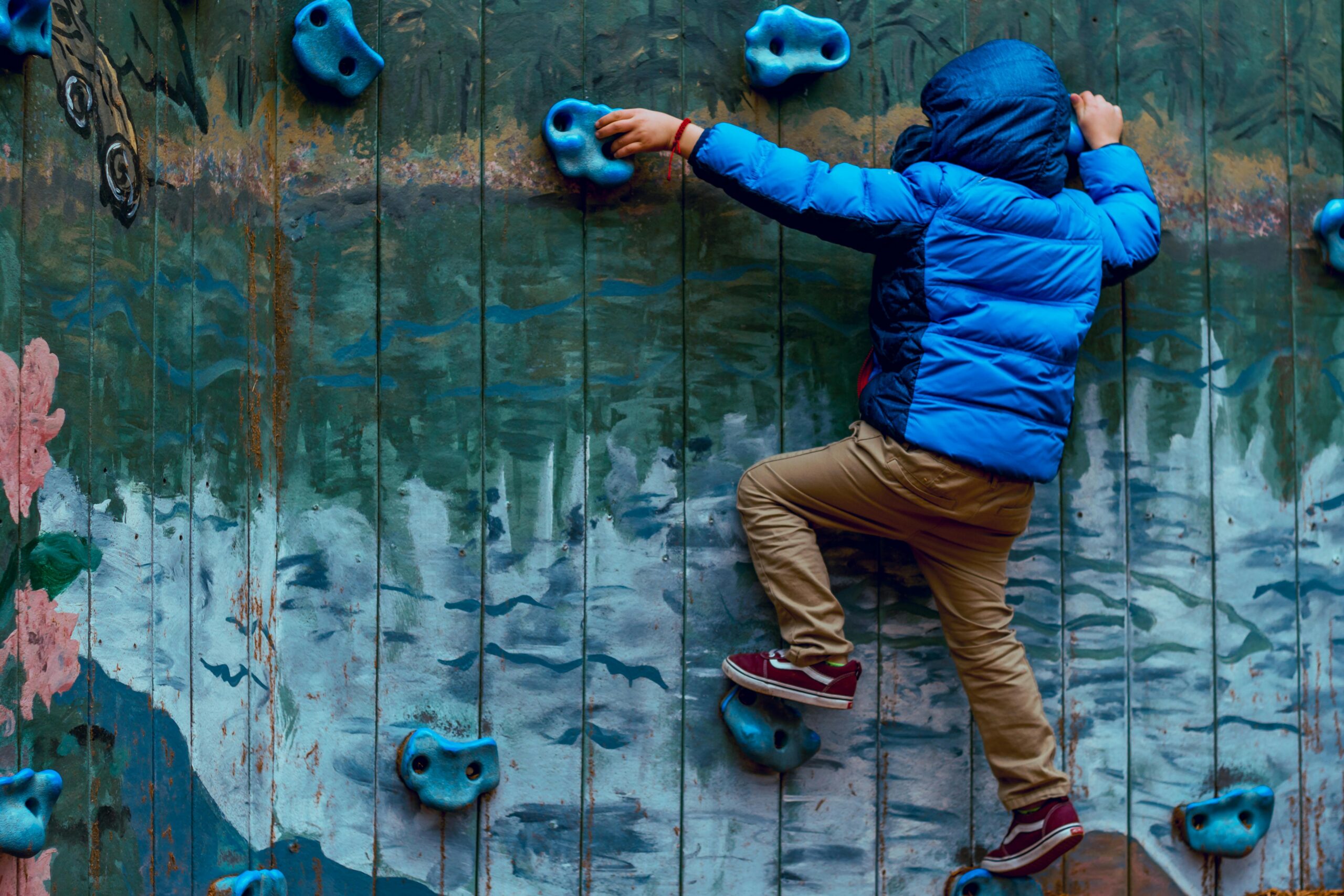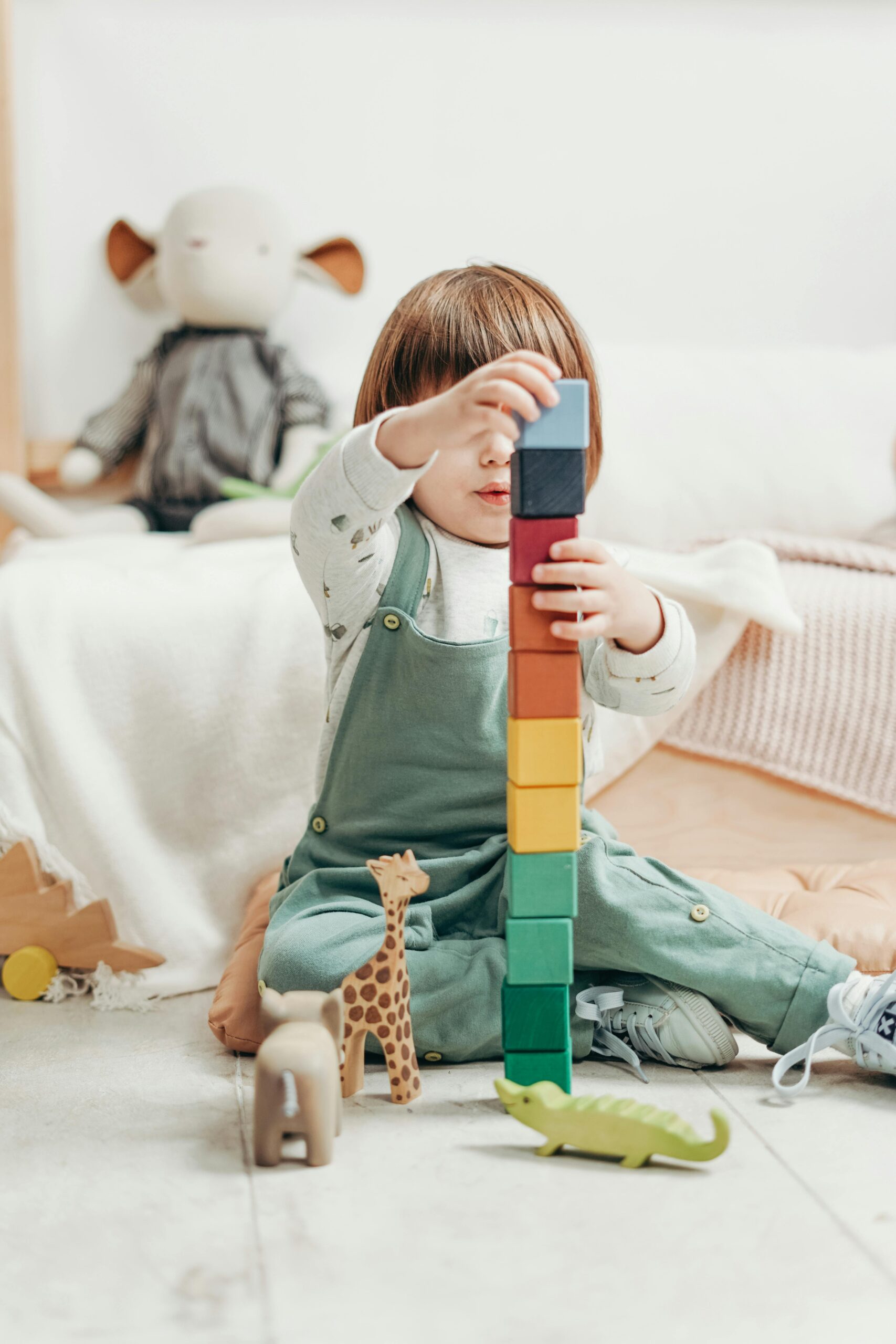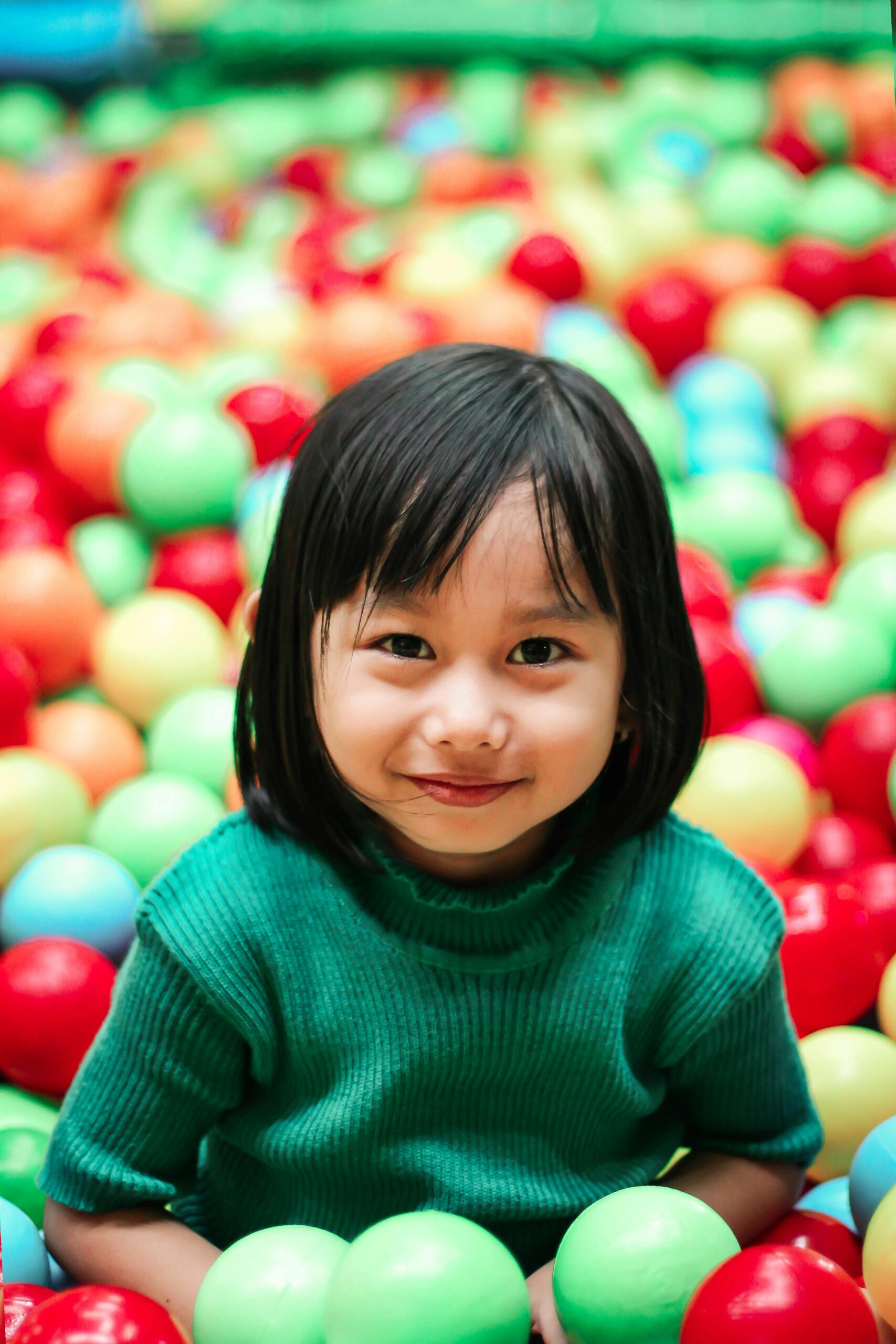Navigating Tokyo with kids can be quite an exercise. Living with them in a Japanese apartment will be different again – and definitely different from what you are used to. Find out more about how here.

There are more people over 80 than under 18 in Japan, and the country is more friendly to seniors than children. The prime minister recently declared the skewered population pyramid top priority, but as the leader of a party where ministers consistently make misogynistic comments, and even declare that the place of the woman is in the kitchen, giving birth to children, he has his job cut out for him.

In particular since young women, especially young female professionals, know how life is in equal countries like Sweden or Finland. They do not see the value of spending their days bound to the home, working to keep everything going and save up for the egregious fees of universities consistently sinking in international rankings.
But since children are scarce in Japan, they come as a surprise when they show up – and especially if they behave like children usually do.
Grandmas pinching cheeks
Japanese people, especially older people, tend to pat small children and pinch their cheeks – the cuter they are, the better. To many older Japanese, blue-eyed and blond children look like the dolls they may have had as children themselves, as that type of doll was very popular in Japan at the beginning of the last century. Although the Covid pandemic has made touching other people more taboo than before, older women in particular tend to see it as their privilege to coddle and coo to children, including yours. And they are unlikely to ask before they do, and take no for an answer if they even ask.
Children in Japan are supposed to be quiet and well-behaved, although like children anywhere that is usually not the case. If they are old enough they will play and make noise; but if you are in a public space, like on the train, try to quiet them down. Not only are trains usually crowded, so they will run into other people; they can also run out through the doors, which will cause a major mental trauma in both you and them if the doors close before you can get to them. As you try to get them back, or get back to them, the stress will be unbearable. Easier to make sure it does not happen.

They will want to play somewhere, and Japanese cities have plenty of small playgrounds, in little parks snuck in between the houses. They double as evacuation locations in case of earthquakes and fires, something I have written about before. Usually there is a few swings, rocking horse, mavbe a seesaw, jungle gym with a slide, and a sandbox. It is better not to let your kids play in the sandbox, because this is where the cats of the neighborhood will go. And they, like cats everywhere, can carry parasites.
Bigger parks are far between
Playing something that requires more space, like catchball or soccer, means going to a bigger park – nearby if there is one, otherwise taking the train a few stations to the nearest park with open spaces.
On rainy days, the park is not an option. But neither is running around and screaming in your apartment. Playing indoors means there is a risk of breaking things, both furniture and apartment fixtures like light fixtures or blinds.
On top of the risk of breaking things, noise itself is a nuisance, if not for you, then for your neighbors. Japanese houses are famously flimsily constructed (large parts are literally made from paper), and that does not make for particularly good soundproofing.

If the walls are thin, the floor is worse. Any bump will be heard by the downstairs neighbors, and in some strange way bumping and knocking sounds in particular are reinforced by the intermediary flooring and ceiling materials. If you managed to find a modern “manshon”, the Japanese word for condominium, the concrete walls and floors offer slightly better insulation; but in older houses, you can literally hear your neighbors talk. Not just in traditional wooden houses, also in concrete buildings built for rental. The construction materials used are significantly cheaper than those used for condominiums, which means less soundproofing.
Sensitive tatami mats
If you are renting an older house, or an apartment in an older house, it is likely to have tatami mats on the floor. Since the mats usually are embedded in the floor you can not easily remove them, and they also provide some soundproofing and insulation. They are great for babies to crawl on.
But that is also a major problem. Tatami mats are sensitive to staining (even putting down a basket full of wet laundry can cause watermarks). A diaper accident will of course cause even more extensive staining. And the stains are extremely hard to get out. When you move out, the landlord is likely to take it as an excuse to keep your deposit, if not charge you for changing the tatami mats.
Once you realize this – and that tatami mats are very comfortable in stockinged feet – you understand somewhat better why you always have to take off your shoes as you enter a Japanese apartment. Being able to quickly wipe the mat with a wet cloth is so much easier than having to vacuum and then wipe.

The best way to protect yourself against this is to do two things: Make sure all potentially dirty or spilling activities are confined to the kitchen table (where it becomes easier to clean up). Make sure that your kids understand the consequences of their actions, and that you will have to pay for anything that does not include normal wear and tear, especially things like drawing on the walls.
Proactive play space
And the second thing you can proactively do is to make a play space. Get a “blue sheet” tarpaulin from the 100-yen-store, and put the rubber foam puzzle-shaped flooring pads you will also find in the 100-yen-store on top. Or, if you prefer something softer, use a throw blanket.

The foam rubber squares have two advantages: They are soft for a baby to bite in (good for teething), and they provide some insulation, both for sound and heat. The blue sheet underneath makes it accident-proof. Just remember that if you run on it, it will move. It is perfect for small kids, but less so for those a little bigger.

If your kid does not want to sit still and do something that is not messy, your best option is to go to an indoor playspace. In recent years, despite the decline in children, the number of playspaces have exploded where children can run around, play in toy houses with toy kitchen utensils, drive toy trains, and other activities. Japan has more than its fair share of disused shopping centers, and here they are put to good use. Most require adult supervision (different from IKEAs Småland where you can actually leave your child), and they are not cheap. But kids typially love them.
Make your neighbors appreciate you
But you can not go there all the time. And kids are likely to make noise. So be proactive, and make your neighbors appreciate you rather than despise you, by giving them something nice when you move in. Edible souvenirs are very popular in Japan, in particular associated with your home country (or even better, home town). If the neighbors can share it with friends, they will appreciate it even more. If you speak Japanese, a formal apology-in-advance is in order; but if you do not, just smile and say “kodomo no koto sumimasen”. It will be good enough.
And do not forget the janitor. He will be especially grateful on burnable garbage day. He is responsible for taking the garbage – bagged, of course – from the garbage room to the disposal location. Sorting the garbage is strictly enforced, typically at least in plastic, burnable, metal, aluminum cans, and PET bottles. Mix up the garbage, and the garbage truck will refuse to take it. And who do you think will be responsible for sorting it out? And do you think he will appreciate separating the stinking diapers from the plastic and PET bottles? Do him a favor and work hard at sorting your garbage. And give your janitor an extra large box of chocolates.



